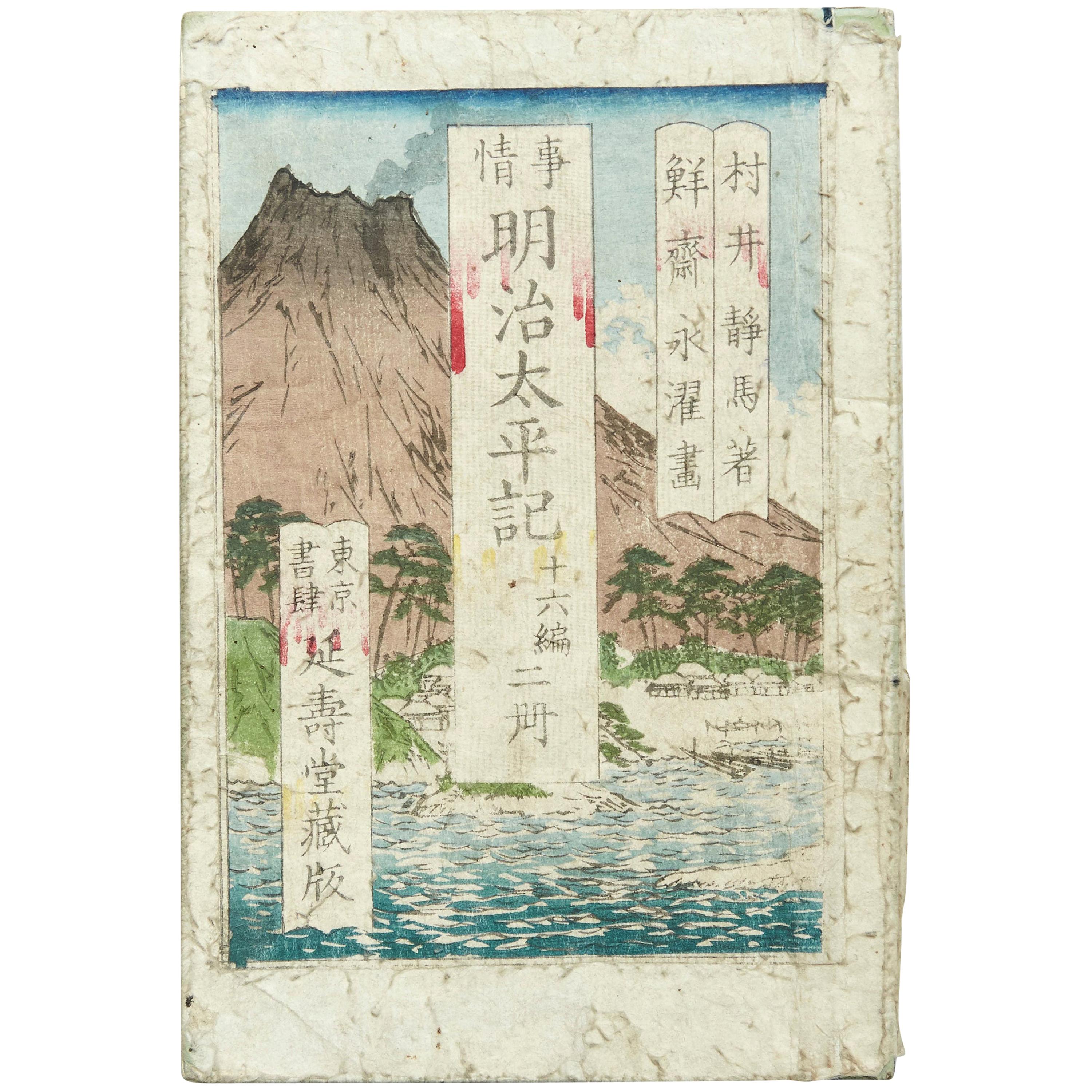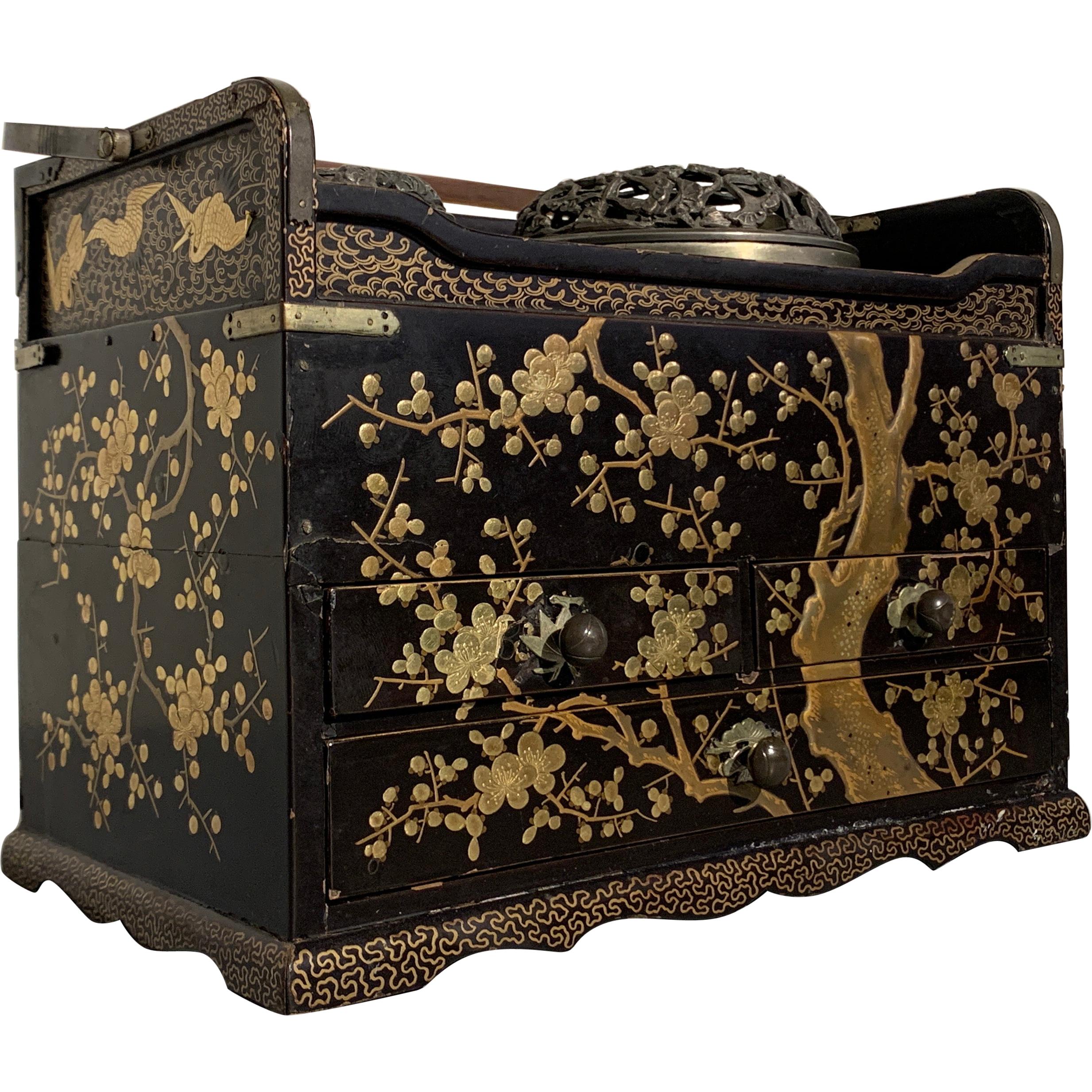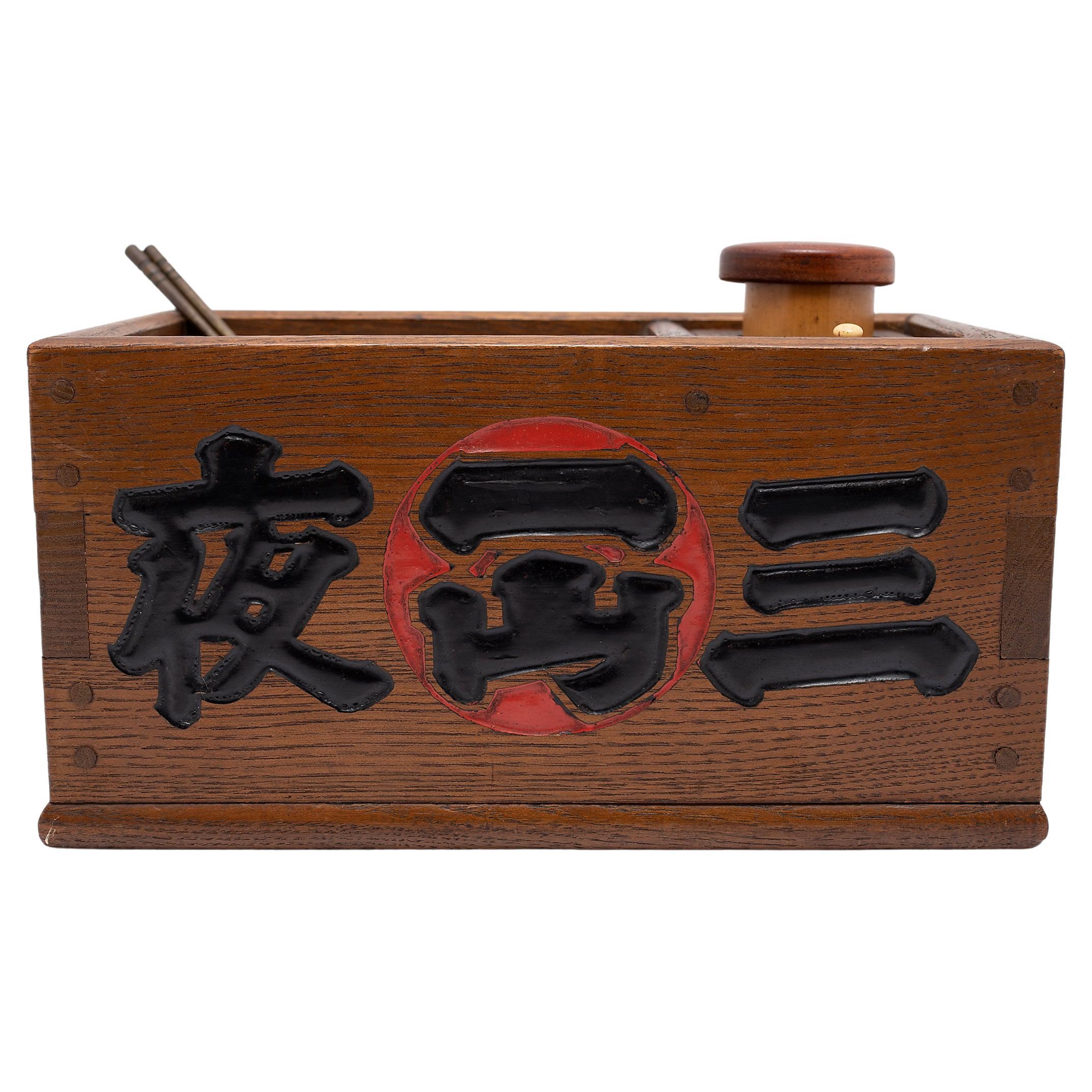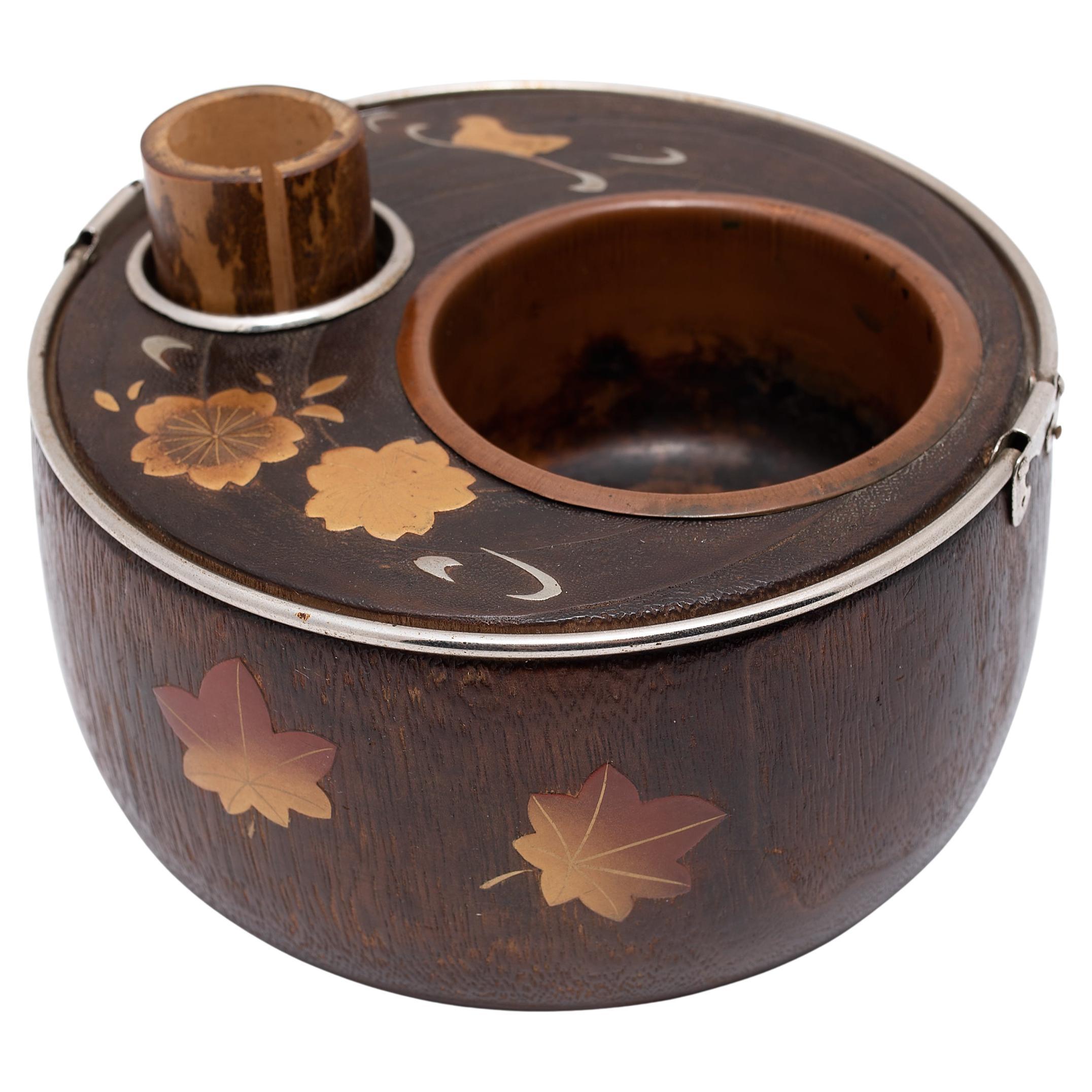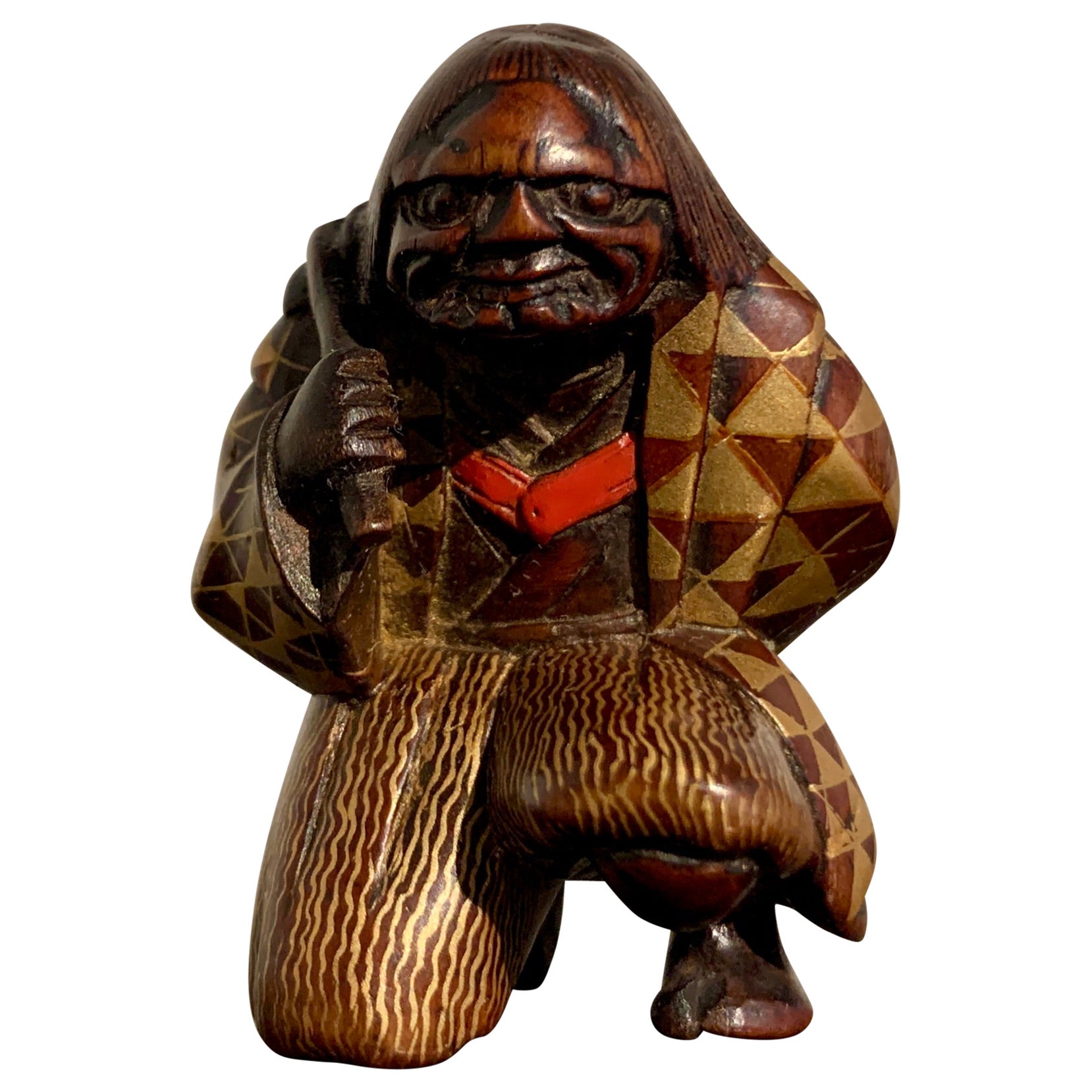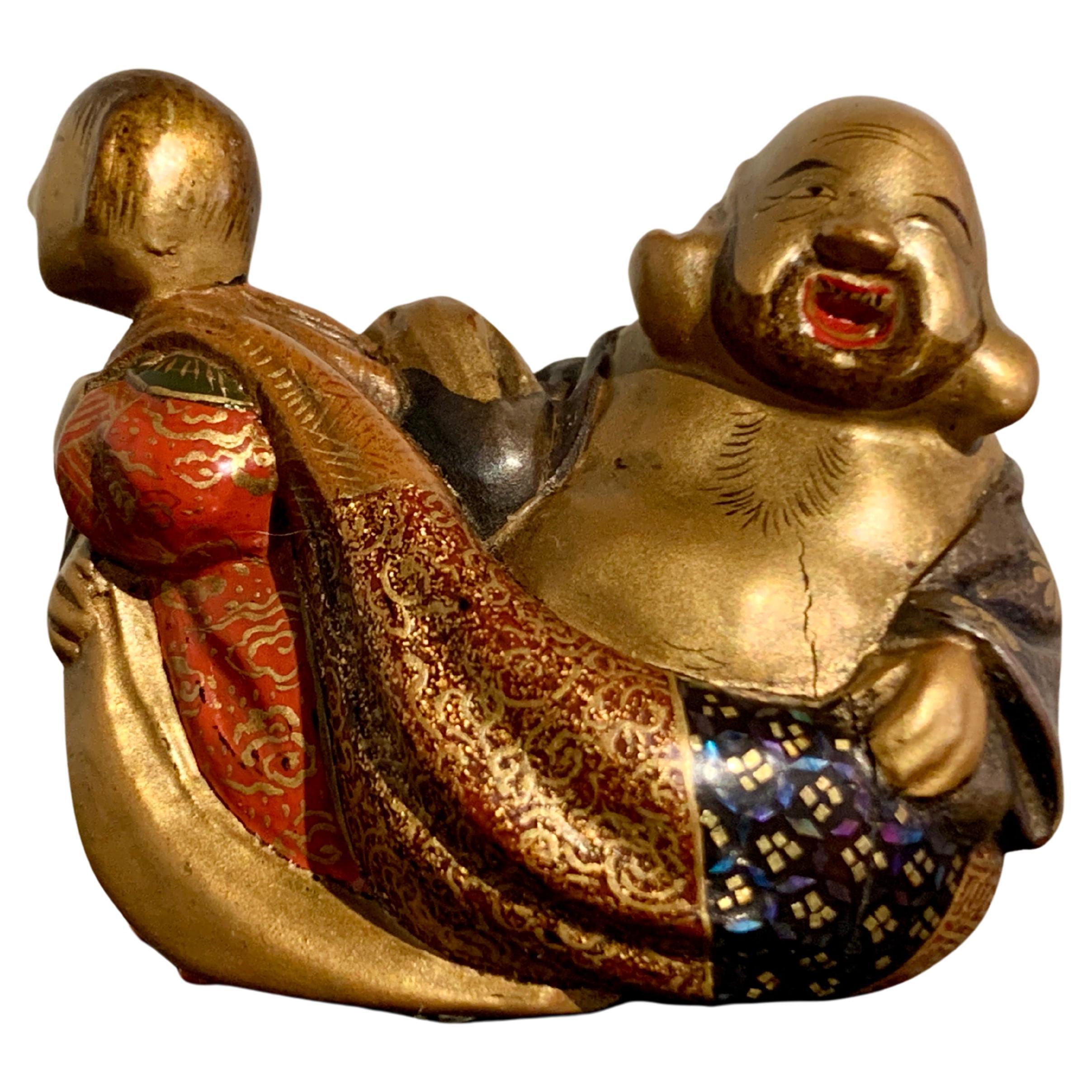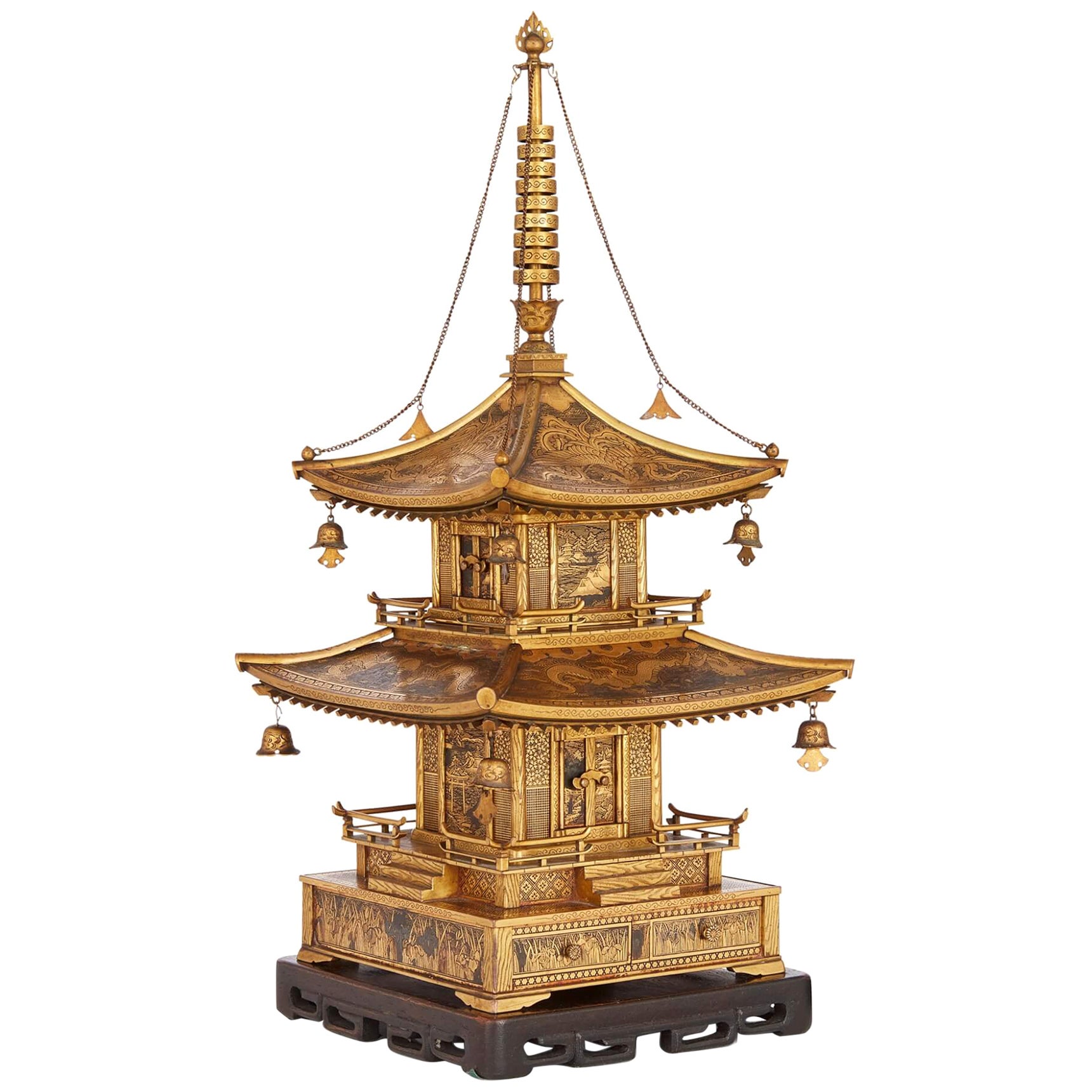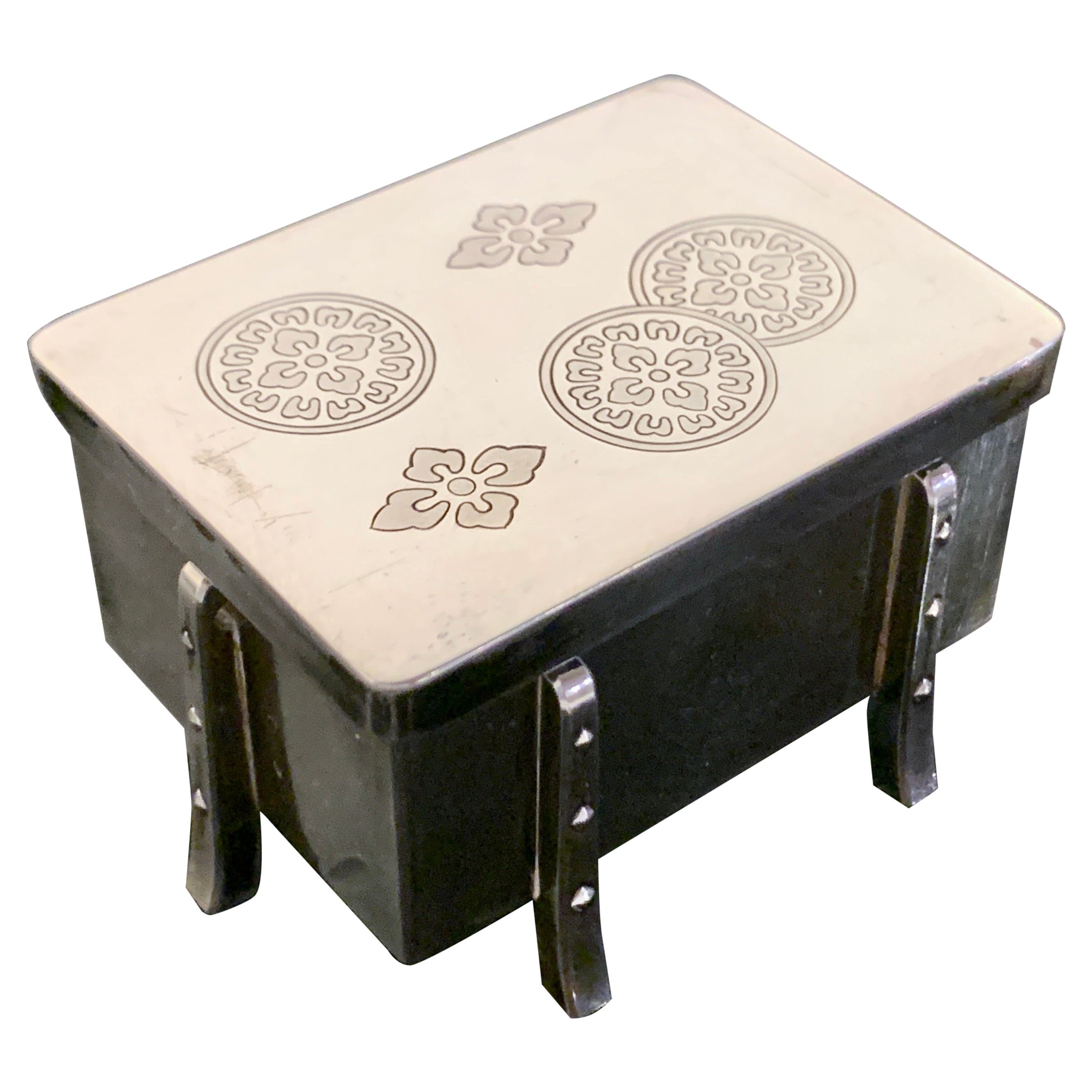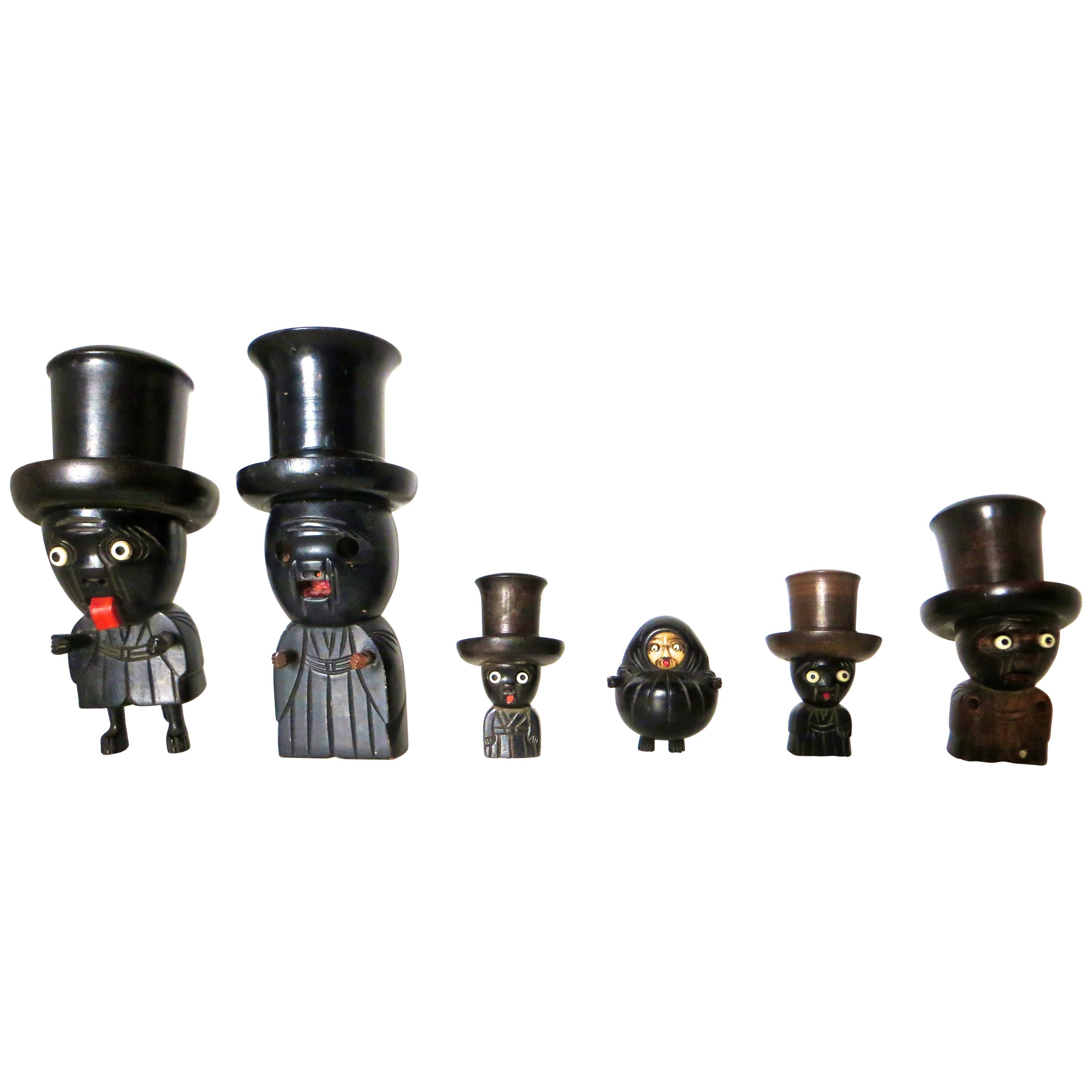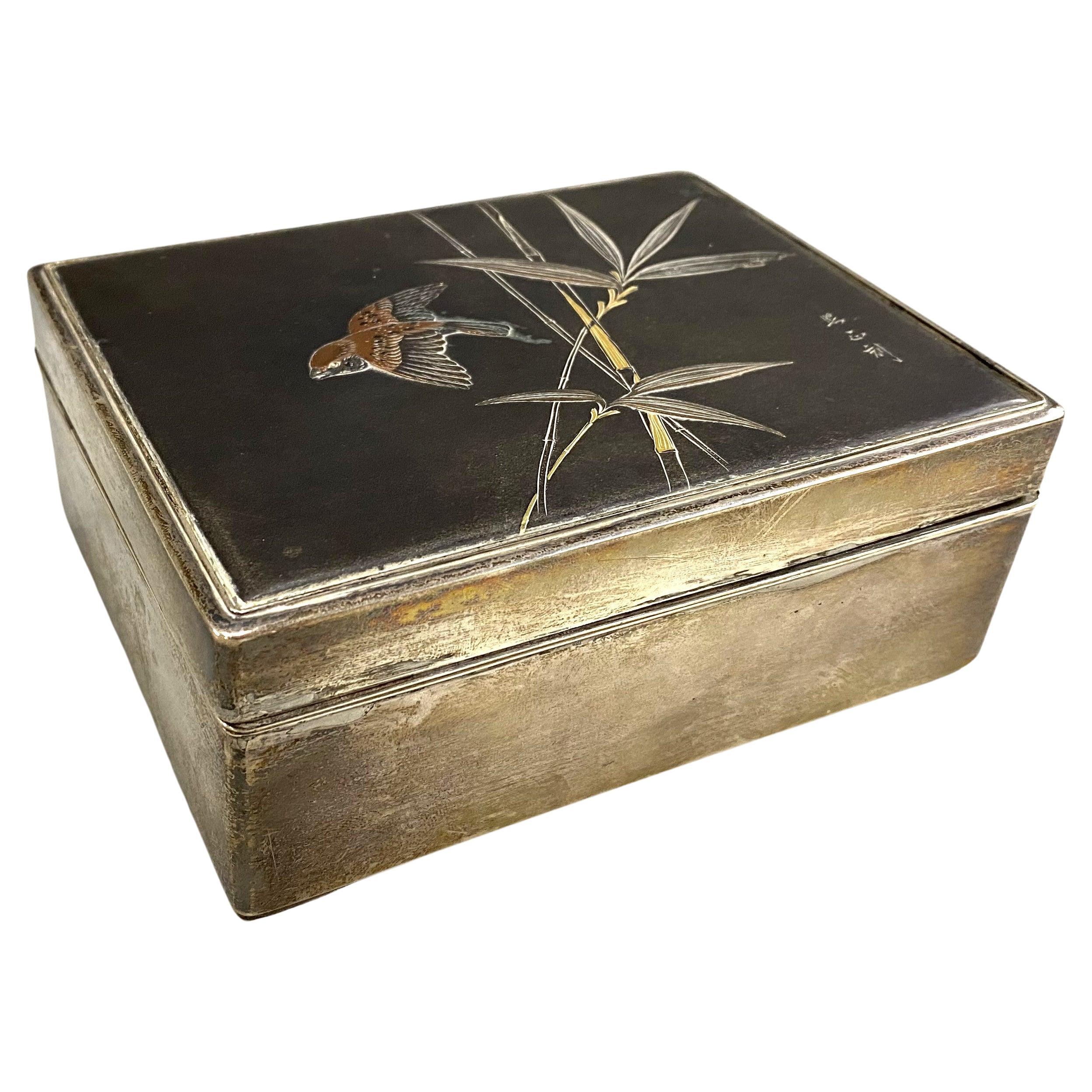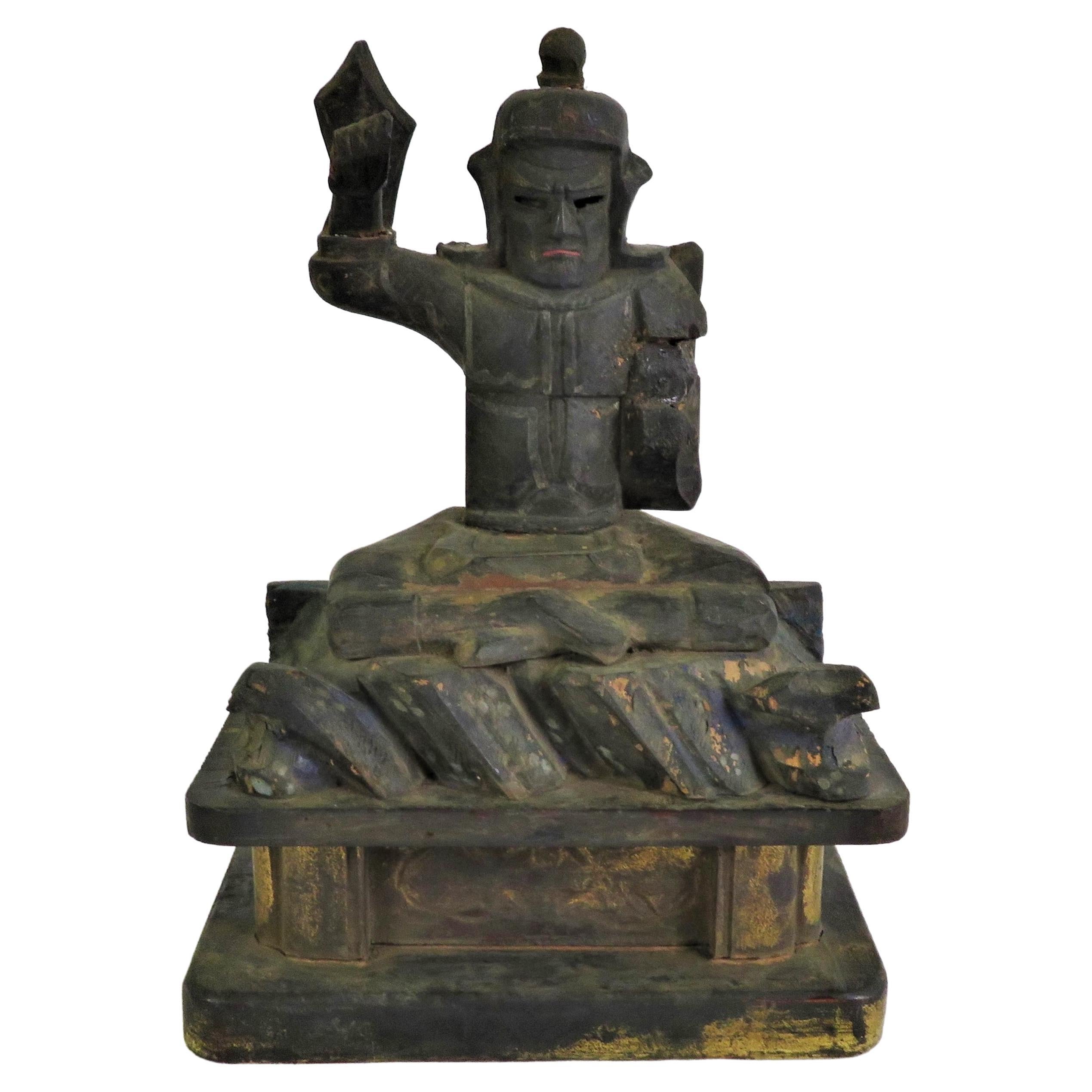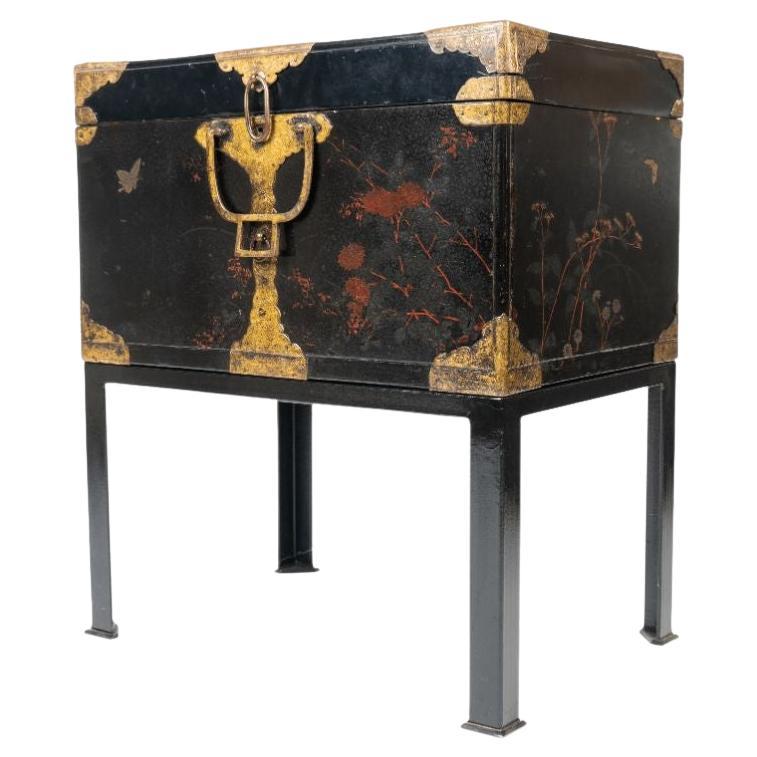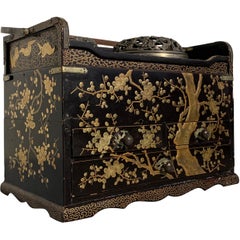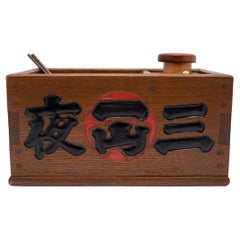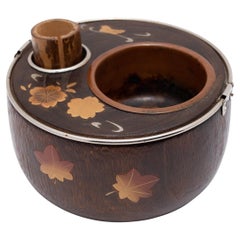
Japanese Lacquered Tabako-Bon Smoking Box Meiji Period
View Similar Items
1 of 10
Japanese Lacquered Tabako-Bon Smoking Box Meiji Period
About the Item
- Dimensions:Height: 11 in (27.94 cm)Width: 8 in (20.32 cm)Depth: 8 in (20.32 cm)
- Style:Meiji (Of the Period)
- Materials and Techniques:
- Place of Origin:
- Period:
- Date of Manufacture:1870s-1910s
- Condition:
- Seller Location:Chicago, IL
- Reference Number:1stDibs: LU94356330433
You May Also Like
- Japanese Lacquer Smoking Box, Tabako Bon, Edo Period, 19th CenturyLocated in Austin, TXA very fine Japanese maki-e lacquer decorated tabako bon, or smoking box, late Edo Period, mid-19th century, Japan. The elegant smoking box of black lacquer decorated with a wonderful gold lacquer takamaki-e design of a gnarled and elegantly twisted plum tree with branches in full bloom. A border of golden cranes in flight to the top. The smoking box, called a tabako bon, is comprised of an open section at the top with inset with two cylindrical metal canisters...Category
Antique Mid-19th Century Japanese Edo Lacquer
MaterialsLacquer
- Japanese Tokyo Shop Tabako-BonLocated in Chicago, ILThis wooden box is a Japanese tabako-bon, or 'tobacco tray,' used to store tobacco and smoking accessories. Believed to have evolved from the traditional ...Category
Early 20th Century Japanese Taisho Snuff Boxes and Tobacco Boxes
MaterialsBrass, Sheet Metal
- Japanese Inlaid Paulownia Tabako-Bon, c. 1930Located in Chicago, ILThis wooden vessel is a Japanese tabako-bon, or 'tobacco tray,' used in tandem with a smoking pipe. Believed to have evolved from the traditional accessor...Category
Early 20th Century Japanese Taisho Tobacco Accessories
MaterialsMetal, Copper
- Carved Boxwood and Lacquer Netsuke of a Noh Dancer, Meiji Period, JapanLocated in Austin, TXA fine lacquer decorated carved boxwood netsuke of a Noh dancer in a Hannya role, unsigned, Meiji period, late 19th century, Japan. The boxwood netsuke finely carved as a kneeling Noh dancer dressed in striking geometric patterned robes. The actor holds an opened war fan behind their back in one hand, a Shinto wand slung over the shoulder in the other. The war fan, tessen, decorated in red lacquer with a golden rising sun at the center. Tessen were sturdy fans used by samurai as protective devices, and sometimes as weapons. The wand, called an onusa, is a traditional Shinto ritual implement comprised of folded paper streamers, shide, attached to a wooden wand, often used in purification rituals. Here, the shide are crafted from silver maki-e, with the handle of the natural boxwood. The actor wears a fierce and unearthly hannya mask...Category
Antique 1890s Japanese Meiji Sculptures and Carvings
MaterialsBoxwood, Lacquer
- Boxwood and Lacquer Netsuke of Hotei by Shunsho, Meiji period, circa 1900, JapanLocated in Austin, TXA charming and finely decorated carved and lacquered boxwood netsuke of Hotei by Shunsho (probably Shunsho XI, Masaoki), Meiji period, circa 1900, Japan. This delightful and colorful netsuke features the beloved figure Hotei, one of the Seven Lucky Gods. The god of fortune and happiness is seated upon his treasure bag, and being dragged by a smiling child. Carved from boxwood and decorated in bright lacquers of gold, silver, red, black and green. Hotei's chest and ample stomach mostly exposed, his skin covered in gold lacquer. Large elephantine ears frame his bearded face. His red-lipped mouth open in an uproarious laugh. Hotei's treasure bag formed as a patchwork of various brocades in gold, red, and black lacquer. The black lacquer further decorated in the lac burgaute...Category
Antique Early 1900s Japanese Meiji Sculptures and Carvings
MaterialsBoxwood, Lacquer
- Japanese Meiji Period Komai Inlaid-Iron Pagoda ModelLocated in London, GBJapanese Meiji period Komai inlaid-iron pagoda model Japanese, Late 19th Century Temple: Height 33cm, width 15cm, depth 15cm Base: Height 2 cm, width 13....Category
Antique Late 19th Century Japanese Meiji Architectural Models
MaterialsGold, Iron
